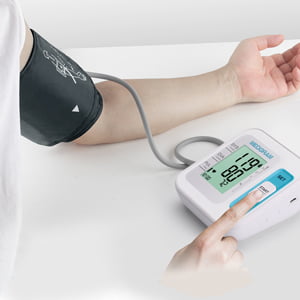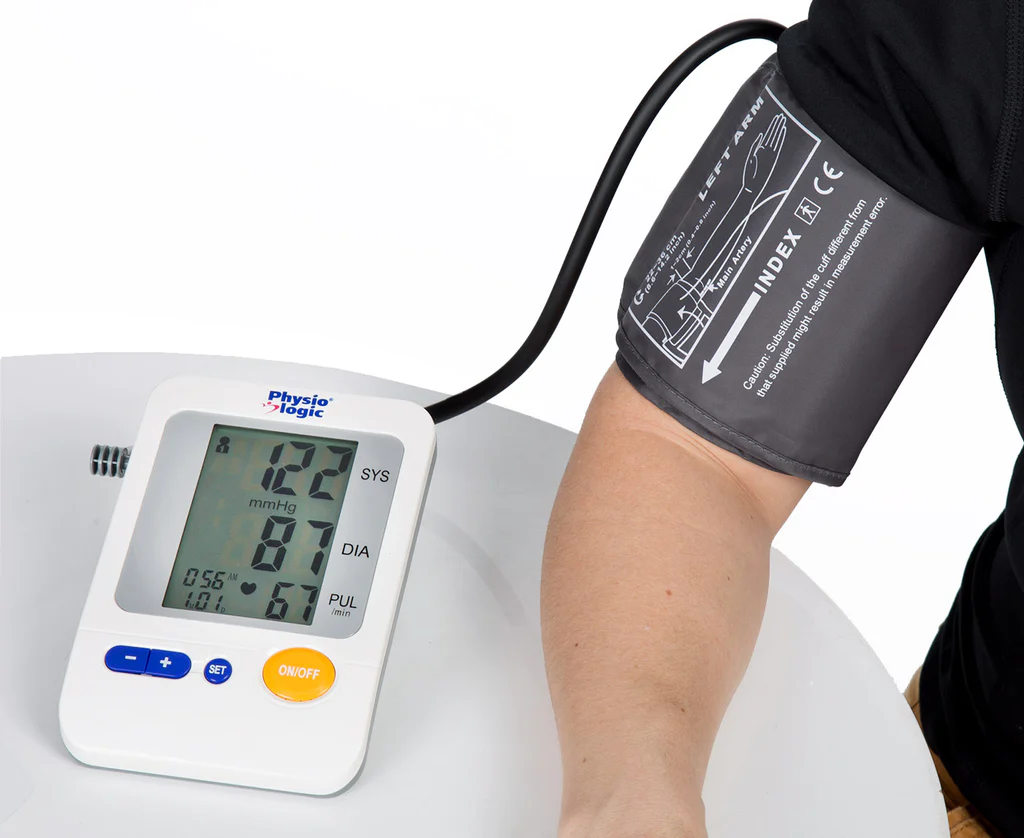Subtotal:
₨43,500.00
Best Blood Pressure Apparatus A Comprehensive Guide 2023
Table of Contents
Blood pressure apparatus is an essential tool in healthcare. It is used to measure the pressure of blood flowing through the arteries. This measurement helps doctors diagnose and manage various health conditions, such as hypertension, also known as high blood pressure. In this article, we will explore everything you need to know about blood pressure apparatus, including how it works, different types, and how to use them correctly.
What is Blood Pressure Apparatus?
A blood pressure apparatus is a device used to measure blood pressure. It consists of a cuff, a pump, and a gauge. The cuff is wrapped around the upper arm, and the pump inflates it. The gauge displays the pressure readings. There are different types of blood pressure apparatus available in the market, each with its unique features.

Types of Blood Pressure Apparatu
There are two main types of blood pressure apparatus:
- Mercury Sphygmomanometers
- Aneroid Sphygmomanometers
Mercury Sphygmomanometers
Mercury sphygmomanometers are the traditional blood pressure apparatus used by healthcare professionals. They consist of a glass tube containing mercury and a column of mercury. The cuff is wrapped around the arm, and the pressure is applied using a bulb. The mercury level rises in the tube, and the pressure readings are displayed on a scale.
Mercury sphygmomanometers are accurate and reliable. However, they are also heavy and fragile, making them unsuitable for home use.
Aneroid Sphygmomanometers
Aneroid sphygmomanometers are the most common type of blood pressure apparatus used today. They are lighter and more portable than mercury sphygmomanometers. They consist of a cuff, a pump, and an aneroid gauge. The gauge displays the pressure readings using a needle and a dial.
Aneroid sphygmomanometers are accurate and reliable. They are also more affordable than mercury sphygmomanometers, making them suitable for home use.
How to Use a Blood Pressure Apparatus
To use a blood pressure apparatus, follow these steps:
- Sit comfortably in a chair with your feet flat on the ground and your back supported.
- Roll up your sleeve and place the cuff around your upper arm, about an inch above your elbow.
- Ensure the cuff is snug but not too tight.
- Hold the pump in your hand and inflate the cuff until you can no longer feel your pulse.
- Slowly release the pressure by opening the valve on the cuff.
- Note the reading on the gauge as the needle moves.
- Record your blood pressure readings in a logbook.
Why is Blood Pressure Measurement Important?
Blood pressure measurement is essential for monitoring and managing various health conditions, such as hypertension, heart disease, and stroke. High blood pressure can lead to serious health complications, such as heart attack and stroke. Regular blood pressure measurements can help detect early signs of hypertension and prevent its complications.
Tips for Accurate Blood Pressure Measurements
To ensure accurate blood pressure measurements, follow these tips:
- Avoid caffeine, nicotine, and exercise for at least 30 minutes before taking a reading.
- Empty your bladder before taking a reading.
- Sit quietly for at least 5 minutes before taking a reading.
- Sit up straight with your feet flat on the ground and your back supported.
- Do not talk or move while taking a reading.
- Take multiple readings at different times of the day.
Conclusion
Blood pressure apparatus is a crucial tool in healthcare. It helps diagnose and manage various health conditions, such as hypertension, heart disease, and stroke. There are different types of blood pressure apparatus available, including mercury and aneroid sphygmomanometers. Aneroid sphygmomanometers are the most commonly used today due to their portability, accuracy, and affordability. When using a blood pressure apparatus, it is essential to follow the correct steps to ensure accurate readings. By monitoring your blood pressure regularly, you can detect early signs of hypertension and prevent its complications.
1. How often should I measure my blood pressure?
You should measure your blood pressure at least once a year, or more often if you have a history of hypertension or other health conditions.
2. Can I use a blood pressure apparatus at home?
Yes, you can use a blood pressure apparatus at home. Aneroid sphygmomanometers are suitable for home use and are available at most pharmacies.
3. What is the normal range for blood pressure?
The normal range for blood pressure is less than 120/80 mm Hg. Blood pressure readings between 120/80 mm Hg and 139/89 mm Hg are considered prehypertension, while readings above 140/90 mm Hg are considered hypertension.
4. Can blood pressure apparatus give inaccurate readings?
Yes, blood pressure apparatus can give inaccurate readings if not used correctly. It is important to follow the correct steps, such as avoiding caffeine and sitting quietly for at least 5 minutes before taking a reading.
5. What are the complications of high blood pressure?
High blood pressure can lead to serious health complications, such as heart attack, stroke, kidney disease, and vision loss.



